Hikers often set out seeking scenic vistas, challenging terrain, or physical achievement. Yet certain destinations offer something less tangible but perhaps more profound—exceptional silence that transforms an ordinary trek into a boundary-crossing experience. These rare places strip away the ambient noise of contemporary life, revealing soundscapes of such clarity that many visitors find themselves fundamentally changed by the experience.
Here is a list of 13 places where you might arrive for the trails but will ultimately remember for their extraordinary silence.
Olympic National Park
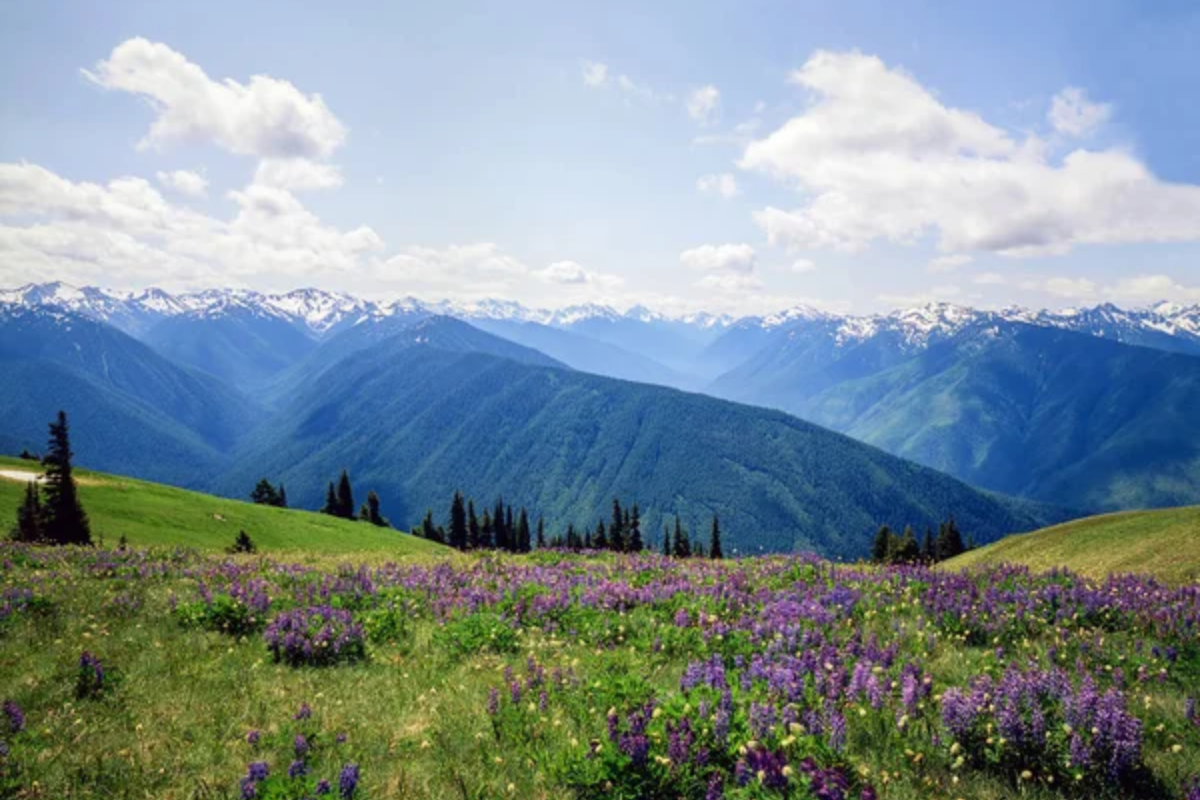
The Hoh Rain Forest within this diverse Washington park contains what acoustic ecologists have identified as one of Earth’s last remaining places free from human-generated noise. The moss-draped ancient forest absorbs sound with remarkable efficiency, creating pockets of silence so complete they feel almost tangible.
Hikers on the Hall of Mosses Trail often report a change in sensations—heightened awareness, lowered heart rates, and a distinctive shift in perception as urban-adapted ears adjust to genuine quiet. The One Square Inch of Silence project has documented this exceptional acoustic environment, measuring intervals between natural sounds that stretch beyond typical human attention spans.
Great Sand Dunes National Park
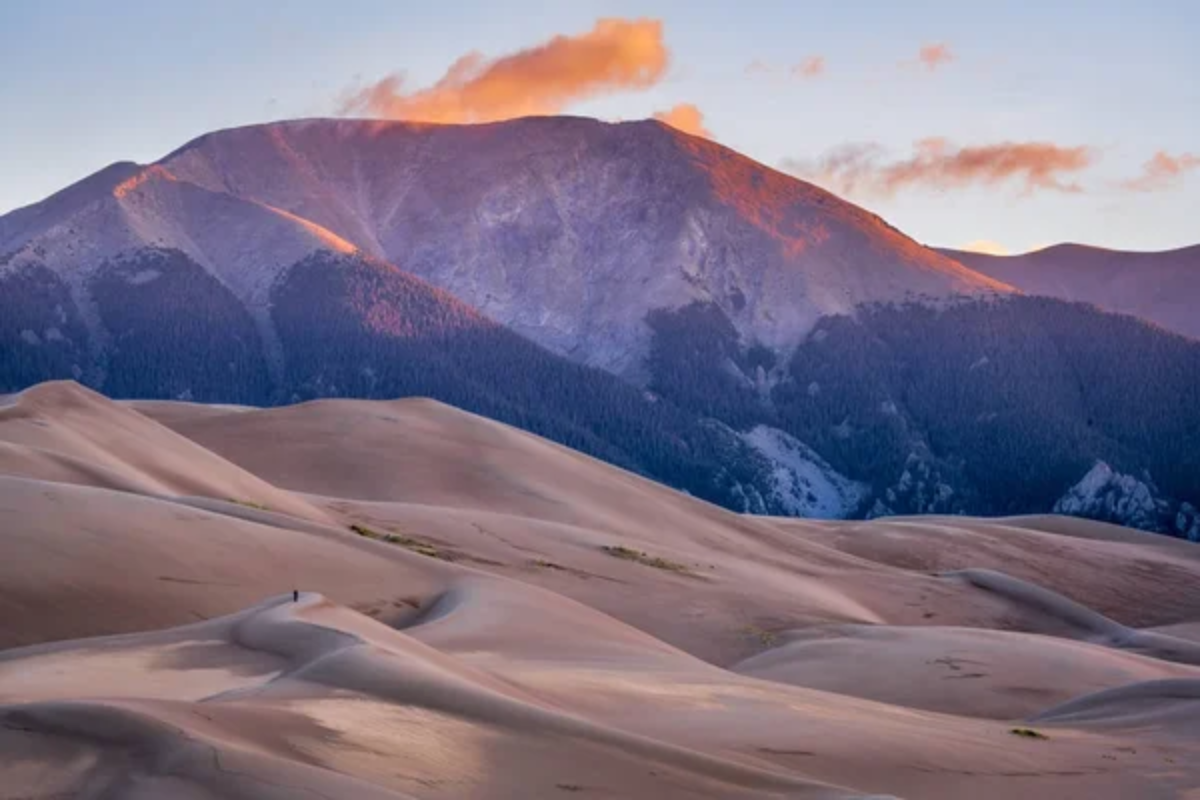
The massive sand mountains of this Colorado preserve absorb sound with remarkable efficiency, creating an acoustic environment unlike anything most visitors have experienced. Hikers ascending the towering dunes quickly notice how voices and footsteps become muffled and then disappear entirely, replaced by silence punctuated only by sand shifting underfoot.
During winter months, the combination of snow cover and decreased visitation creates silence so profound that rangers report visitors sometimes becoming momentarily disoriented by the absence of audio input. The unusual acoustics become particularly evident during sunrise hikes before thermal winds develop.
Like Travel Pug’s content? Follow us on MSN.
Kalaupapa Peninsula
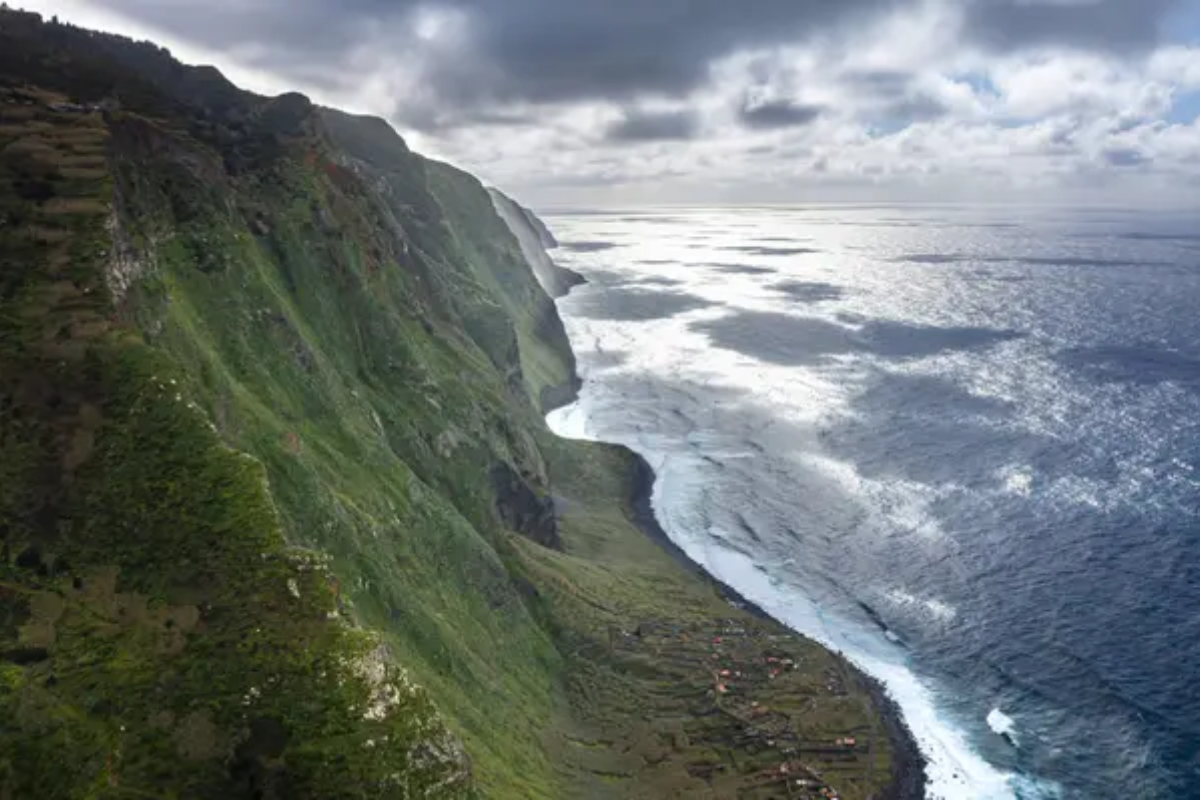
This isolated former leper colony on Molokai’s northern coast requires a challenging trek down 1,600-foot sea cliffs to access its historical sites and dramatic coastal views. Hikers undertaking this journey discover a place where geographical isolation has preserved an increasingly rare acoustic environment.
The peninsula sits cut off from the rest of Hawaii by towering cliffs that block sound transmission, while offshore winds carry away what little noise humans generate. Native Hawaiians have long recognized this location’s unusual quietude, incorporating it into traditional practices requiring deep contemplation. The limited daily visitor count maintains this exceptional silence.
Cathedral Range
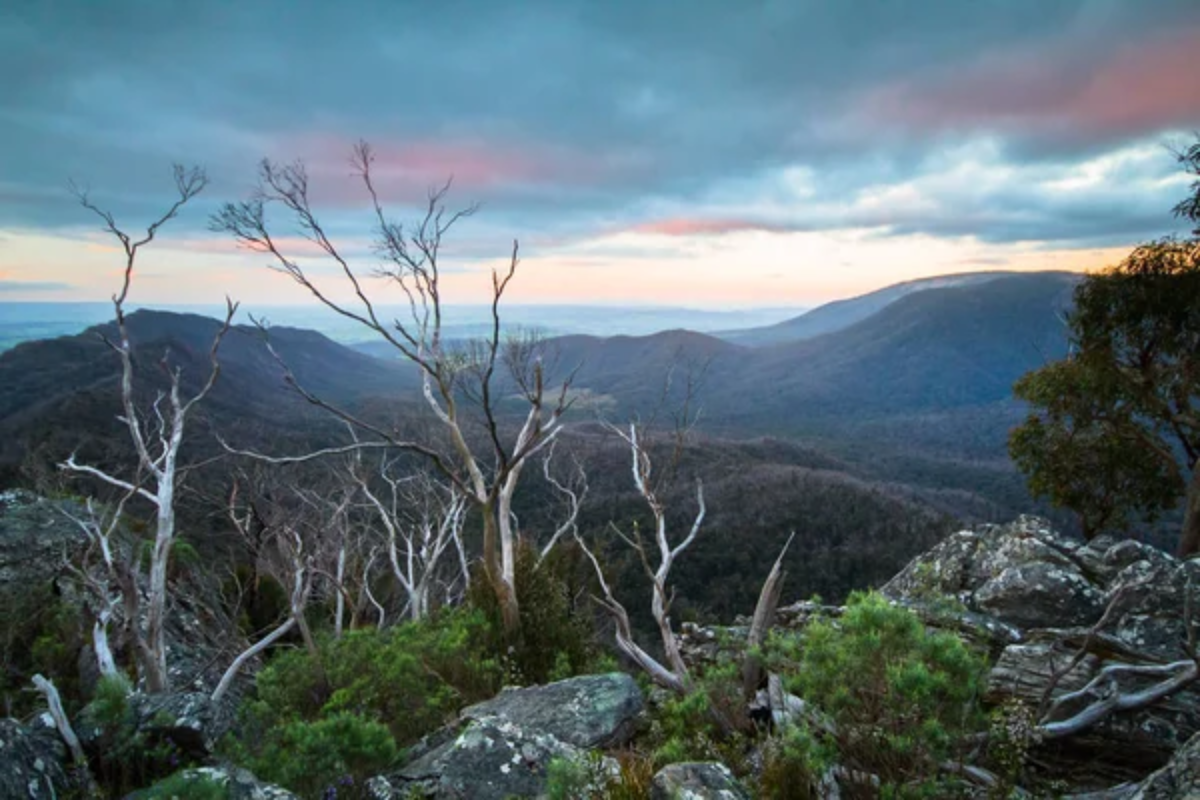
This remote granite spine in Australia’s Victoria state attracts rock scramblers seeking technical challenges along its exposed ridgeline. Those who make the effort discover an acoustic anomaly—areas where sound waves cancel each other, creating pockets of profound silence amid otherwise normal conditions.
The phenomenon becomes particularly noticeable when hiking between Wells Cave and Sugarloaf Peak, where visitors often stop hiking altogether, captivated by the unusual sensory experience. Local Aboriginal traditions reference these silent zones as places of spiritual significance where ancestral messages could be heard more clearly.
Valle del Silencio
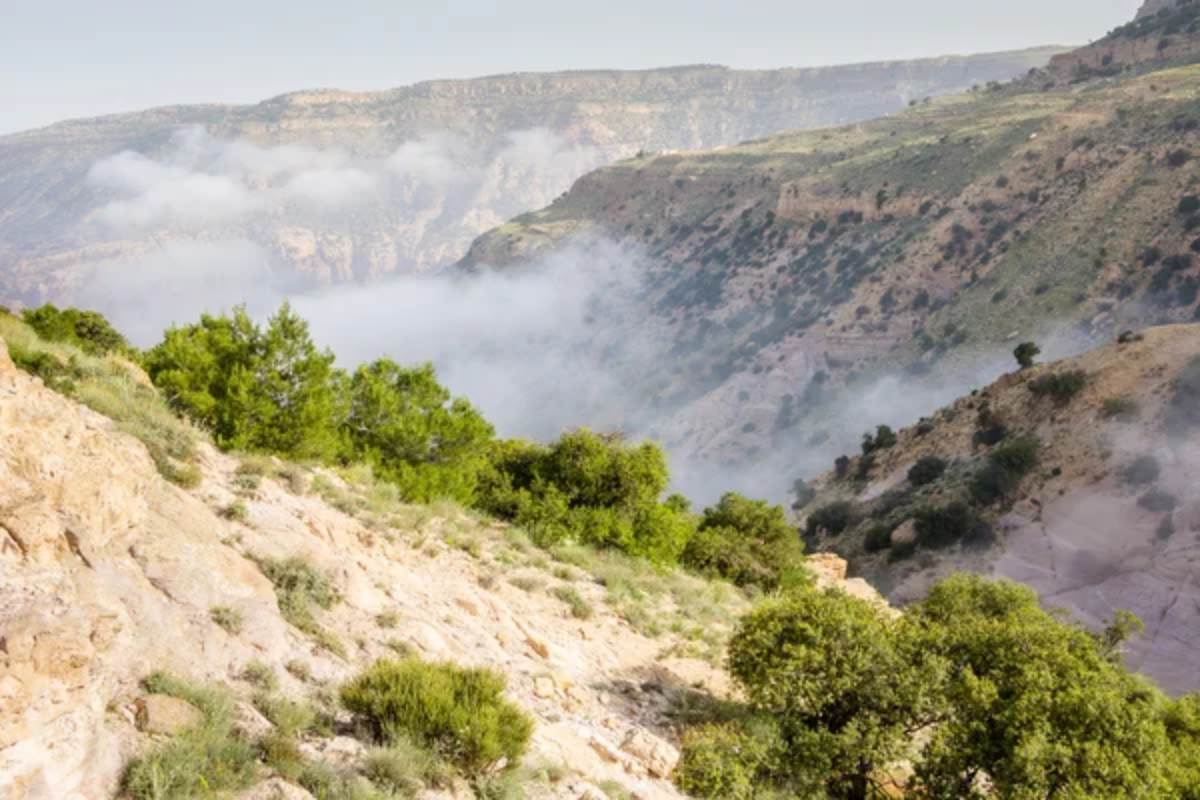
This aptly named Peruvian valley within the Huascarán National Park requires multiple days of demanding hiking to reach its inner sanctuary. Those completing the journey discover a place where the surrounding peaks create unusual acoustic conditions—sound waves reflect in patterns that often cancel each other out, creating zones of extraordinary quiet.
Local guides observe how the silence typically affects hikers in predictable stages—initial discomfort followed by heightened sensory awareness as hearing adjusts to detect increasingly subtle natural sounds. Traditional Quechua beliefs hold that this silence allows for communication with mountain spirits.
Like Travel Pug’s content? Follow us on MSN.
Boundary Waters
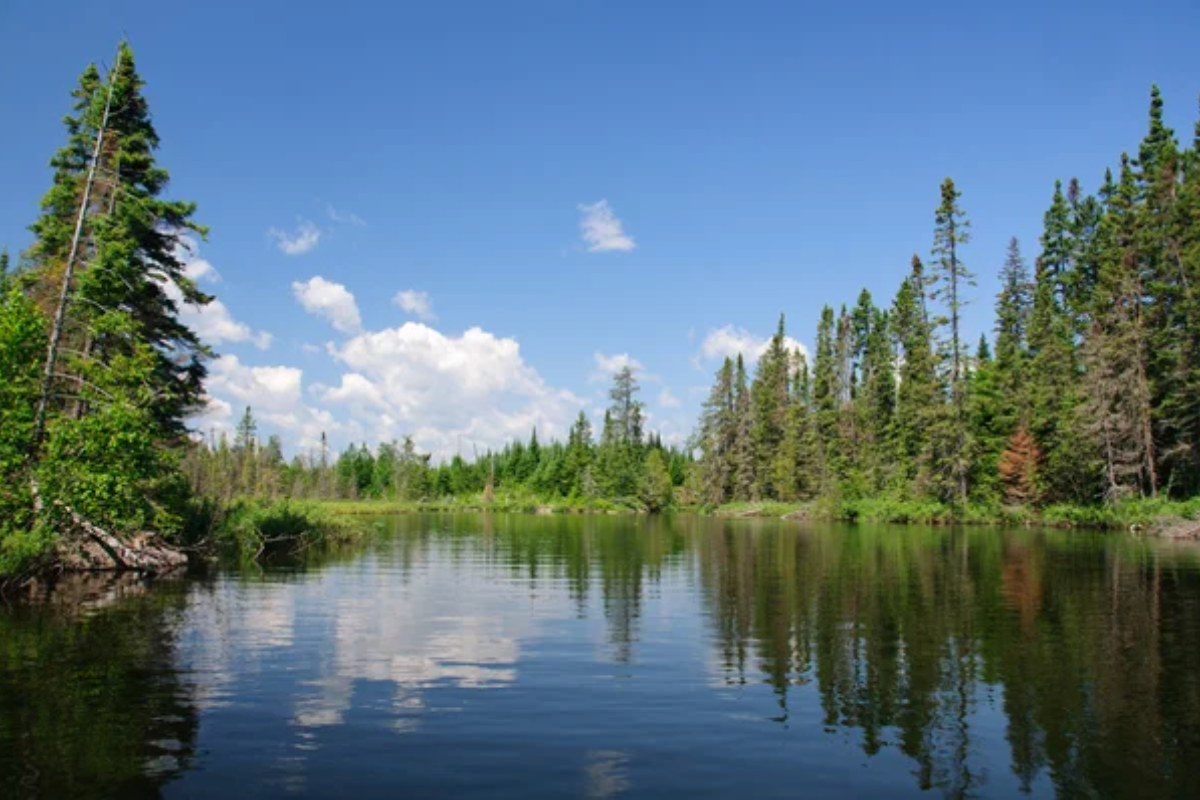
This million-acre wilderness along the Minnesota-Canada border attracts paddlers and portage hikers seeking remote lake-to-lake routes. Winter transforms this environment completely, as frozen waterways become silent corridors through pristine forests. Snow dampens what little sound might carry, while the absence of motorized transport creates conditions for experiencing natural silence, increasingly rare in North America.
Visitors undertaking multi-day winter treks report distinctive psychological effects—slowed thought patterns, quieted internal dialogue, and a widened field of attention expanding outward as background noise disappears completely.
Jebel Shams
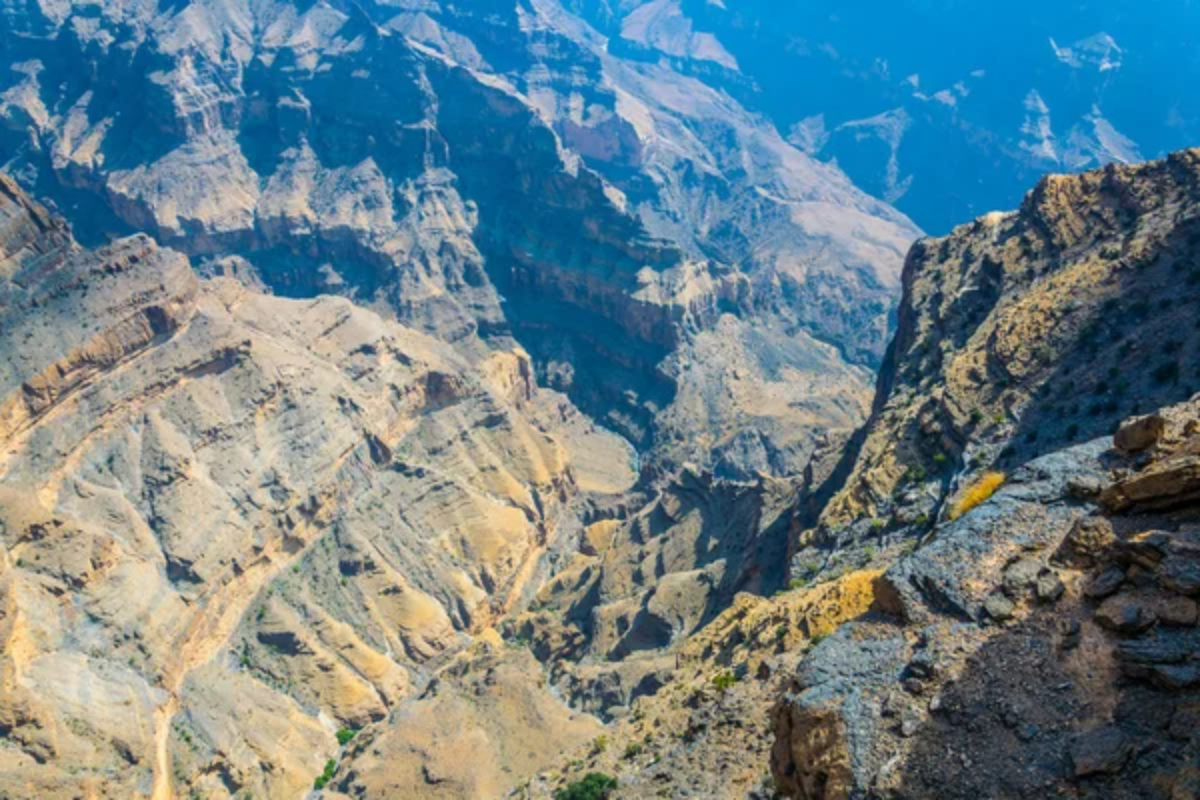
Known as the “Mountain of the Sun,” this Omani peak attracts hikers seeking views into “Arabia’s Grand Canyon”—Wadi Ghul’s dramatic gorge. Those venturing along the rim discover something equally impressive but entirely unseen—silence of remarkable quality created by the arid environment and minimal vegetation.
Sound waves dissipate quickly in the dry air rather than reflecting off surfaces, creating clarity that allows hikers to detect subtle sounds at extraordinary distances. British explorer Wilfred Thesiger documented this acoustic phenomenon during his Arabian crossings, noting how it fundamentally altered his perception of space and time.
Aoraki/Mount Cook National Park

The remote Mueller Hut trek in New Zealand’s Southern Alps rewards hikers with panoramic alpine views—and, after sunset, silence of exceptional quality. The combination of distance from population centers, limited air traffic, and topography that blocks sound transmission creates conditions acoustic researchers classify as “natural silence.”
Overnight hikers report the experience as disorienting yet profound, with many describing heightened sensory awareness that persists for days after returning to noisier environments.. The absence of ambient noise makes the occasional natural sounds—ice cracking or kea calls—stand out with startling clarity.
Like Travel Pug’s content? Follow us on MSN.
Gros Morne National Park
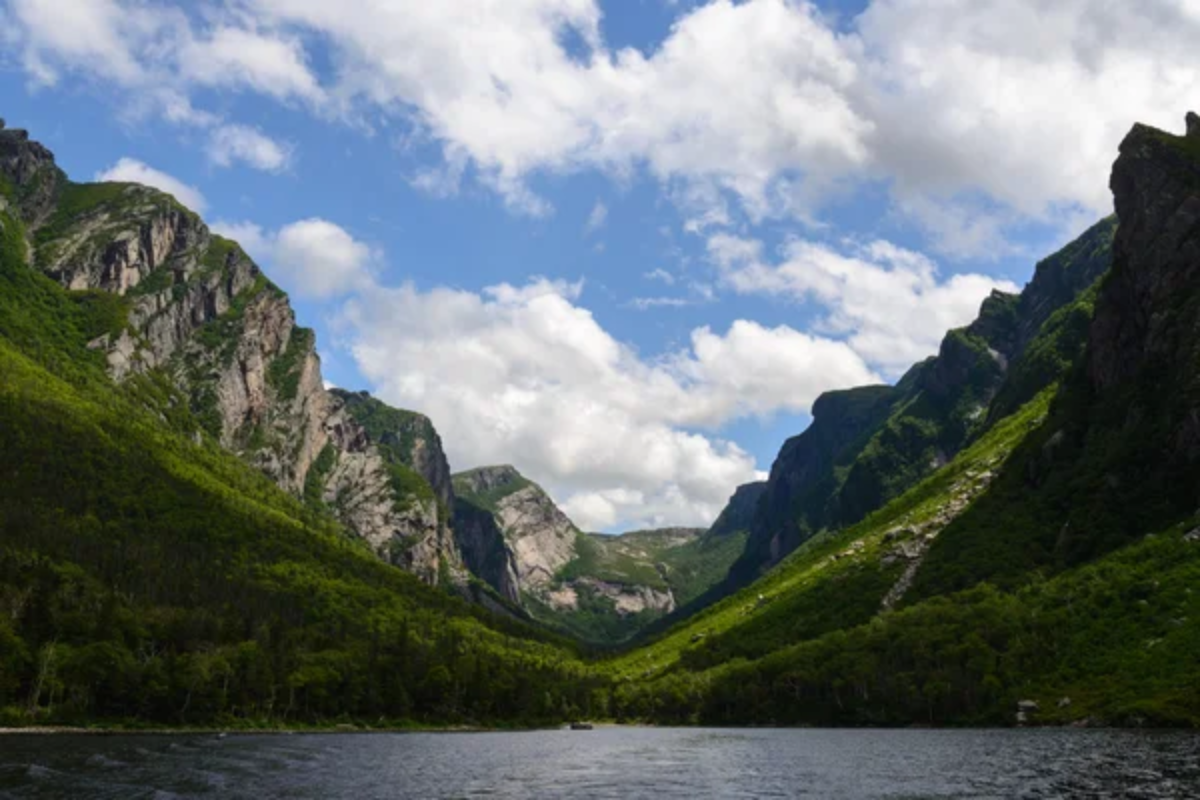
The Long Range Traverse across this remote Newfoundland wilderness requires advanced navigation skills to complete its unmarked route across the ancient plateau. Those undertaking this challenge discover not just spectacular scenery but also rare acoustic conditions created by the park’s unusual geology.
The massive exposed rock formation known as the Tablelands absorbs rather than reflects sound waves, creating areas where voices don’t echo and ambient noise disappears completely. Parks Canada has established monitoring stations to document and preserve this increasingly rare natural resource—silence uncontaminated by mechanical sounds.
Muir Woods
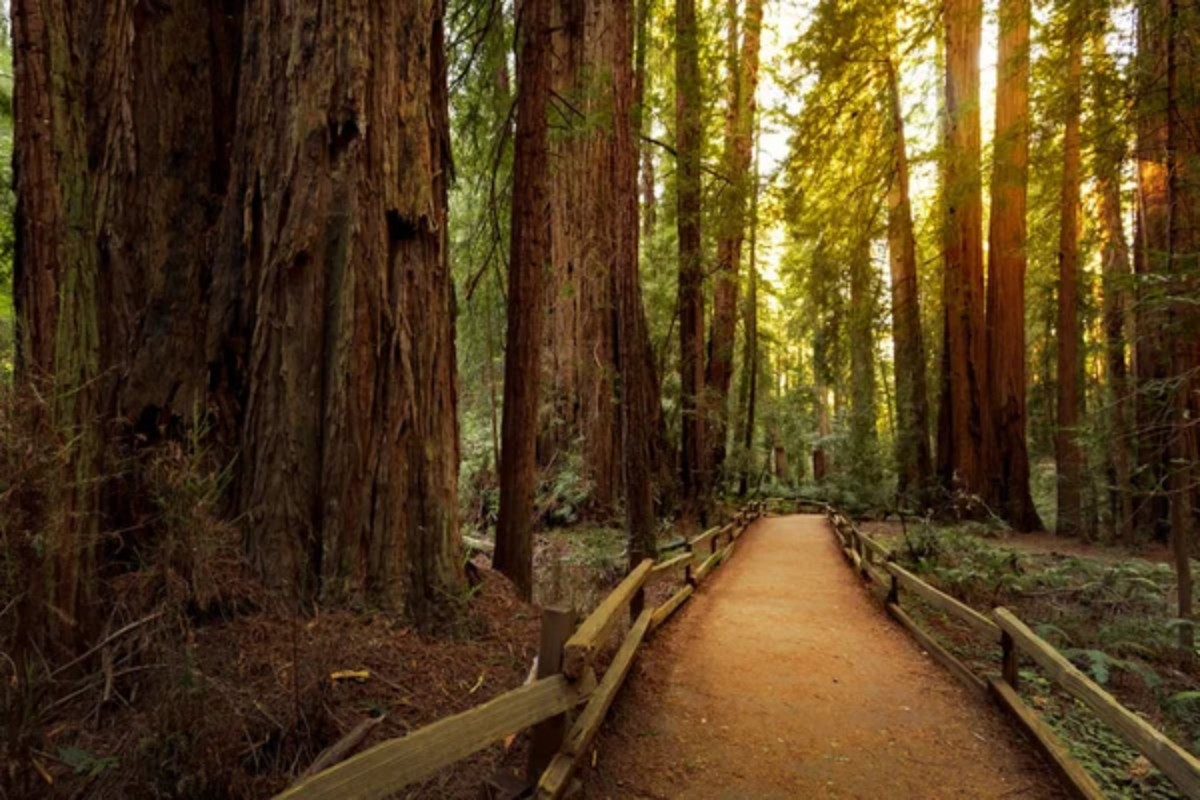
While drawing substantial visitors, this California redwood grove maintains strict “quiet zone” designations along certain trails, creating deliberately preserved islands of silence within easy reach of San Francisco. The combination of fog, massive trees, and dense understory creates natural sound absorption that muffles footsteps and voices.
Early morning visitors walking the Cathedral Grove loop often experience near-complete silence as dawn fog further dampens what little noise might carry through the forest. Acoustic measurements show noise levels dropping below 30 decibels—quieter than most recording studios—during these golden hours before crowds arrive.
Haleakala Crater
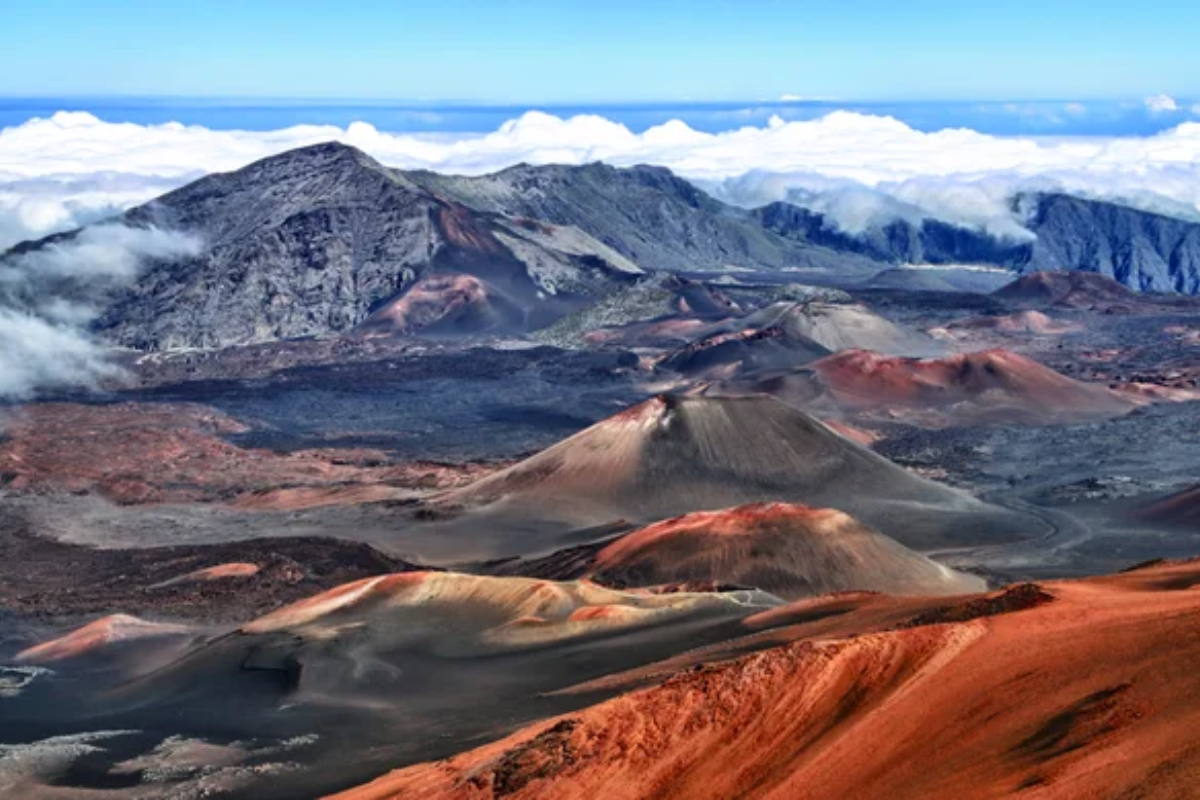
Hikers descending into this massive Maui volcano discover an otherworldly landscape matched by equally unusual acoustics. The crater’s configuration creates areas acoustic experts call “anechoic zones” where sound neither echoes nor carries, disappearing almost completely.
The sliding sands trail takes trekkers through multiple distinctive sound environments, from wind-scoured ridges where sound travels extraordinarily far to bowls of complete silence where even footsteps seem muffled. Native Hawaiian traditions recognize these special acoustic properties, considering the crater particularly suitable for practices requiring deep contemplation.
Like Travel Pug’s content? Follow us on MSN.
Torres del Paine
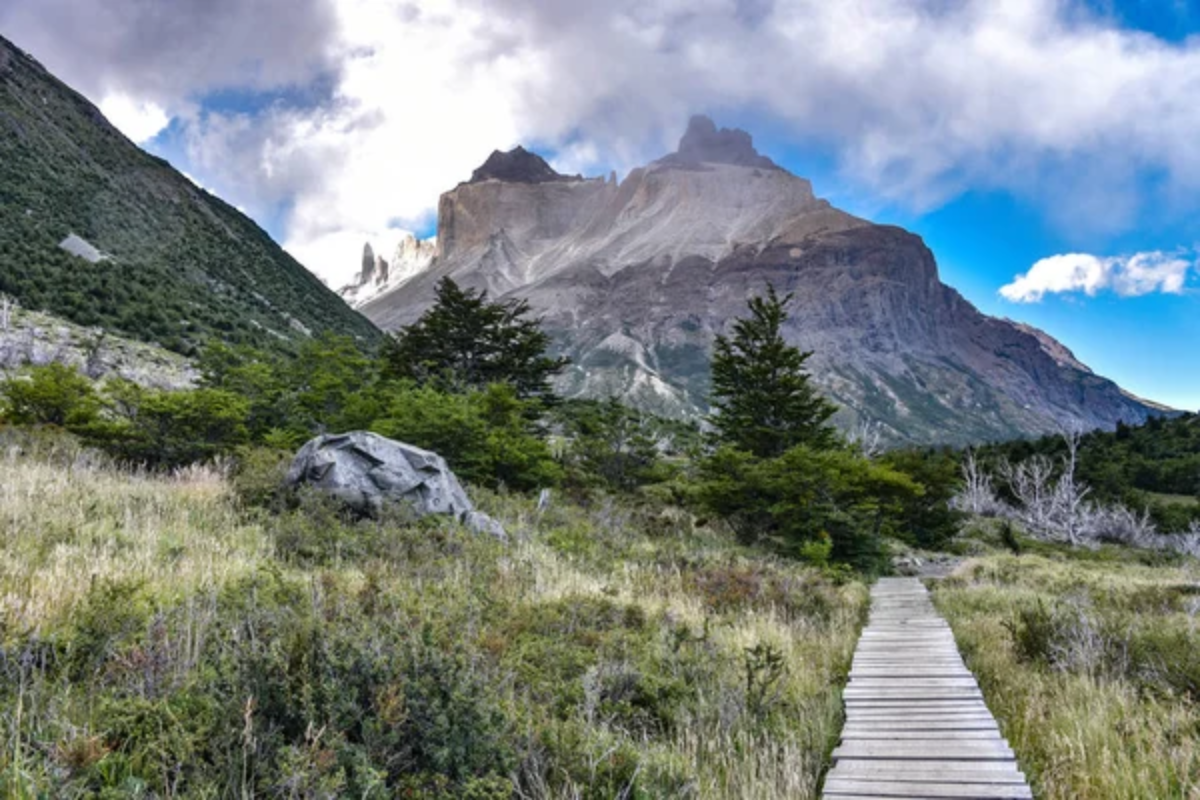
The popular W Circuit through this Patagonian park attracts thousands seeking dramatic mountain scenery. Those continuing to the less-traveled northern circuit discover something equally remarkable—silence of exceptional purity created by distance from human settlement and topography that blocks sound transmission.
Winter trekkers experience this quality most profoundly, often reporting that the silence feels “thick” or “pressing” as urban-adapted senses adjust to the absence of background noise. Chilean researchers have documented this phenomenon, measuring sound levels that frequently drop below the threshold of standard recording equipment.
Mammoth Cave
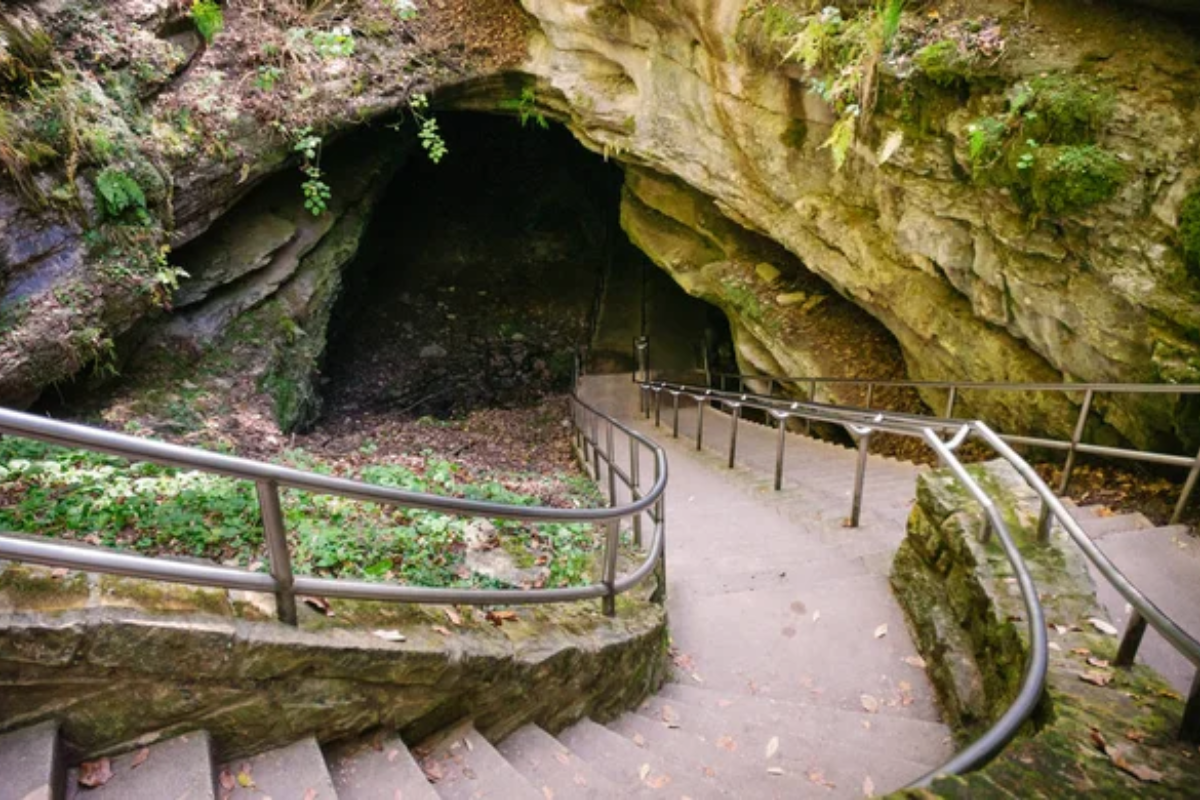
While primarily known for its extensive underground system, this Kentucky national park offers hikers above-ground trails through forest recovering from centuries of intensive use. During winter months, these wooded paths become corridors of extraordinary silence as leaf litter and snow create multiple sound-absorbing layers.
The unusual acoustics become particularly evident along the River Styx Spring Trail, where the landscape creates what acoustic ecologists term “cylindrical silence”—areas where sound waves disperse in patterns that prevent normal transmission. Early morning hikers often report hearing their circulatory systems in the absence of ambient noise.
The Deepest Conversation
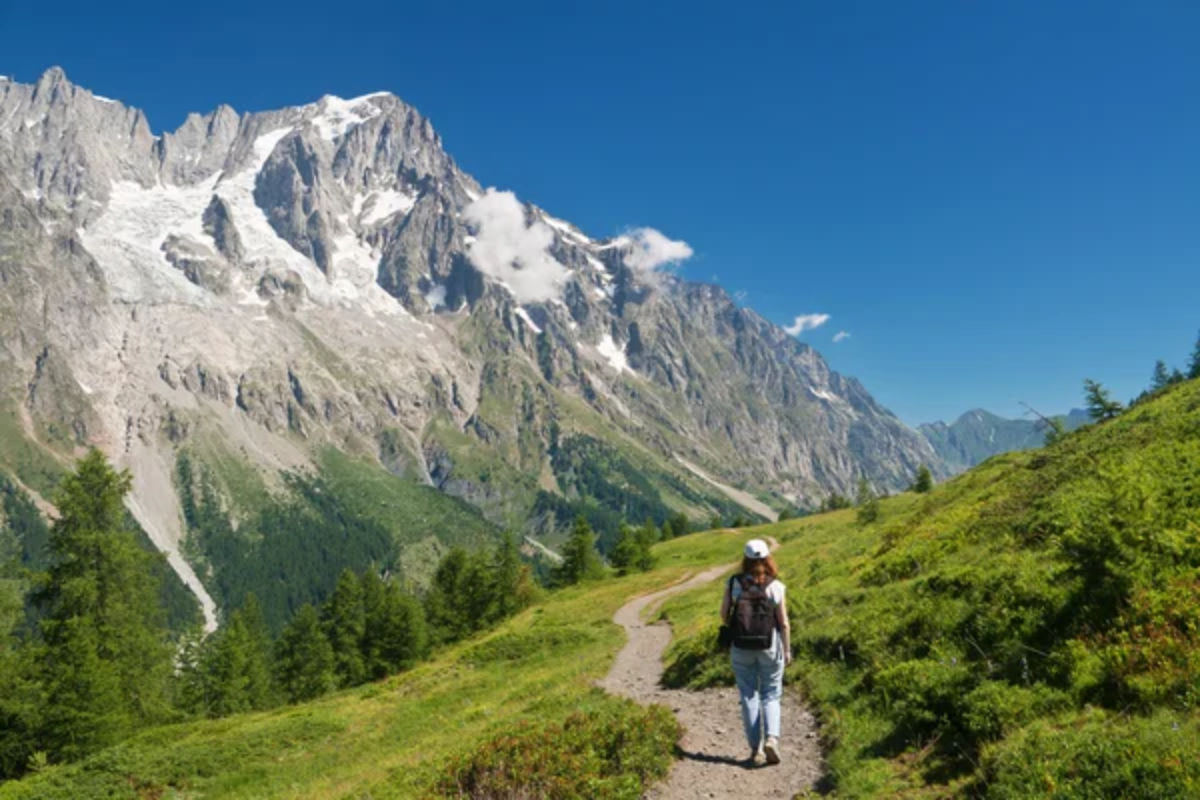
These places offer something increasingly precious in our noise-saturated world—environments where silence stretches beyond momentary pauses into sustained experiences that alter perception.
While initially drawing visitors with their scenic trails and physical challenges, they ultimately deliver something more profound—spaces where external quiet creates room for internal clarity. For those willing to venture beyond cell service and ambient noise, these destinations offer not merely escape but transformation—landscapes where silence becomes not the absence of sound but the presence of something essential.
Like Travel Pug’s content? Follow us on MSN.
More from Travel Pug

- Cities Growing so Fast You Won’t Recognize Them in 10 Years
- 13 Destinations Where Tourists Regularly Regret Their Trip
- 20 Obscure WWII Sites Even History Buffs Don’t Know About
- 10 Under-the-Radar Mountain Towns That Are Both Affordable and Beautiful
- Remote Villages in Europe Where You Can Live for Free in Exchange for Work
Like Travel Pug’s content? Follow us on MSN.
